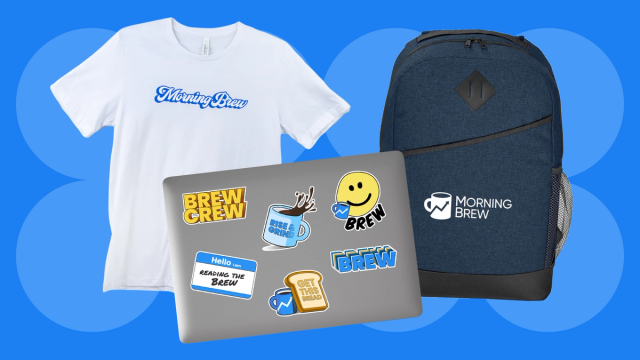The driverless Toyota Sienna minivan came to a halt in a parking lot when it detected a garbage truck blocking its path. A human driver might have noticed that the garbage truck hadn’t started collecting trash from the nearby dumpster and opted to go around the vehicle. But the autonomous vehicle played it safe. It waited for the truck to finish its job and move. “The vehicle might not have done the perfect thing, but it did a safe thing,” Edwin Olson, co-founder and CEO of AV startup May Mobility, told Tech Brew during a recent ride-along in Ann Arbor, Michigan. This is exactly the sort of somewhat tricky but all-too-common driving scenario that May Mobility’s proprietary technology, Multi-Policy Decision Making, is designed to navigate. The ride-along was fully driverless, meaning there was no safety driver behind the wheel, unlike a similar trip we took last year. It’s one of the latest signs of progress for a startup that is now positioning itself to become the sector’s leading autonomy-as-a-service provider. “I think right now, May Mobility is in pole position to be the No. 1 provider of autonomy technology to other companies—the companies that need an autonomy play, and view Waymo as more of a threat,” he said. Keep reading here.—JG | 








